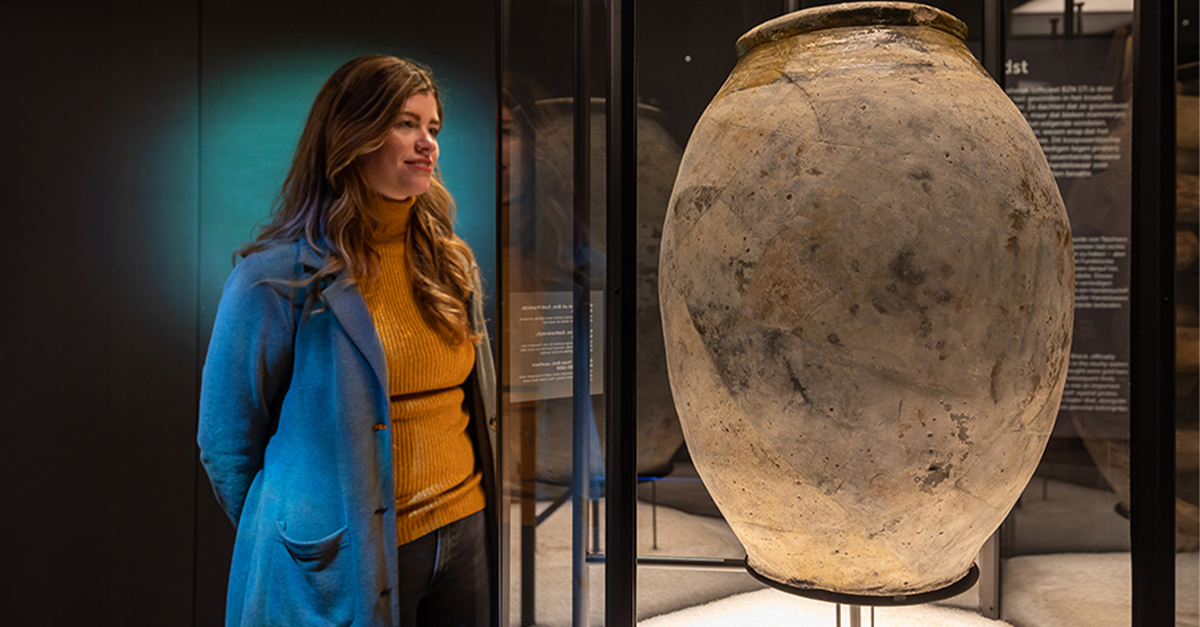Lost Relics Of The Past Resurfaced
Discovered shipwrecks offer a rare glimpse into the lives and eras that historians often describe but have few surviving artifacts to illustrate. Along the coastline of Texel lie the remains of several wrecks—among them, one particularly extraordinary site stands out for its historical intrigue and priceless treasures. From silk garments to an intricately preserved book cover, uncover the captivating mystery of the Palmwood shipwreck.
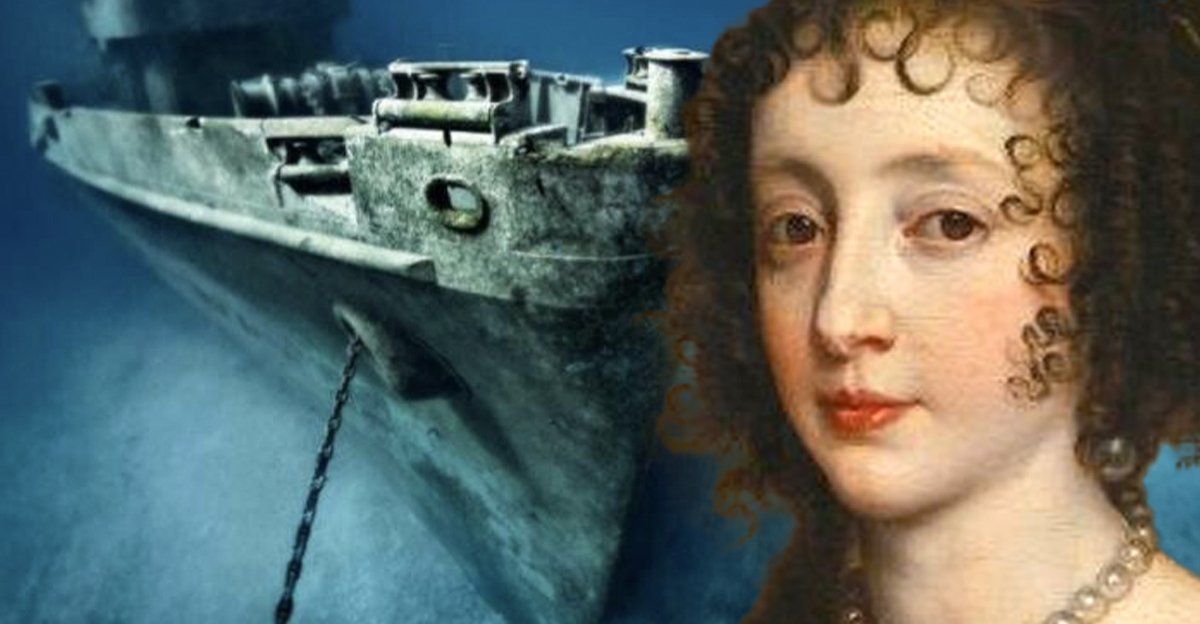
Time Capsules Preserved In Sand
An area known as the Texel Roads, on the eastern coast of the Dutch island of Texel, was once home to hundreds of shipwrecks. This side of the island was frequently battered by storms, with lightning setting ships on fire or powerful currents beaching them on the sands.
 Best Things to do on Texel Island - Travel Guide [4K], ViaTravelers
Best Things to do on Texel Island - Travel Guide [4K], ViaTravelers
Time Capsules Preserved In Sand
These shipwrecks occurred during the 17th and 18th centuries, and while many of the ships have disappeared, some were concealed by mud and sediment shortly after sinking. The sand helped preserve these vessels and prevent further decay. In the 1970s, some were uncovered as the sand washed away, revealing preserved relics of a lost era.
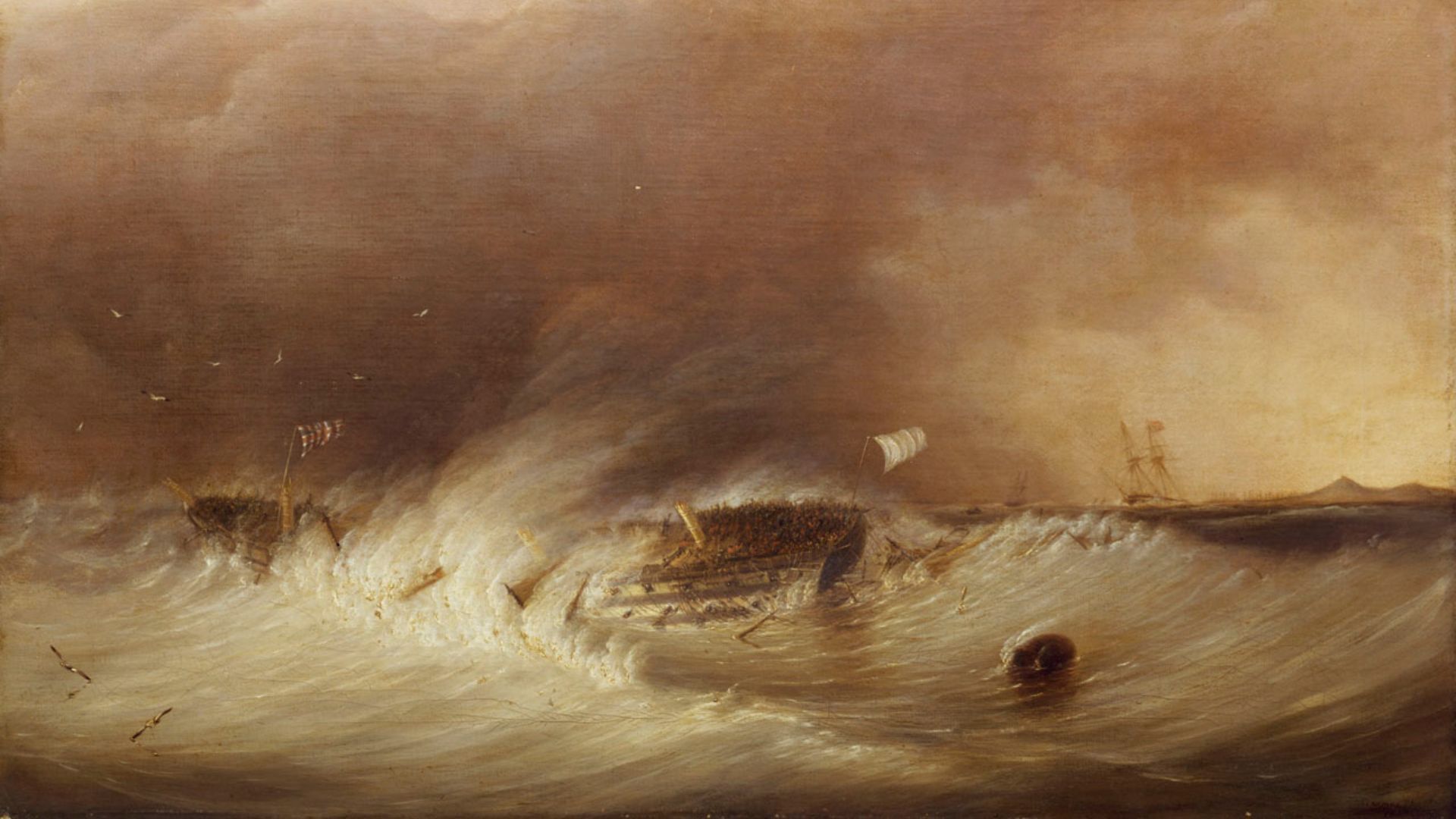 Strickland, Thomas Robbert, Wikimedia Commons
Strickland, Thomas Robbert, Wikimedia Commons
Time Capsules Preserved In Sand
For some fishermen, a piece of a ship becomes visible when the water washes the sand away. Divers also surveyed the area in hopes of finding remnants of shipwrecks, and for some amateur divers, the discovery of a wreck has catapulted its artifacts into historical significance.
The Discovery
In 2009, a Dutch dive club discovered a shipwreck at a site called Burgzand Noord 17, part of the Wadden Sea, east of Texel. More artifacts were recovered from the wreck site in 2014, as sport divers were able to extract additional items due to the ship’s increased exposure.
 Treasure or curse? #1 | THE GOWN AND THE SHIPWRECK | NTR, NTR
Treasure or curse? #1 | THE GOWN AND THE SHIPWRECK | NTR, NTR
The Discovery
At the wreck site, many boxwood logs were located on the top layer of the wreck, suspected to be the deck. The moniker attributed to the wreck is thanks to this high-quality wood, also identified as palmwood.
 Treasure or curse? #1 | THE GOWN AND THE SHIPWRECK | NTR, NTR
Treasure or curse? #1 | THE GOWN AND THE SHIPWRECK | NTR, NTR
The Ship And Voyage
The ship is believed to have sailed in the mid-17th century, between 1650 and 1660. It is speculated that it sank sometime after 1636, off the eastern coast of Texel. Interestingly, some suggest the ship was part of a fleet of 12 that lost its way during a crossing from Dover to Hellevoetsluis in 1642.
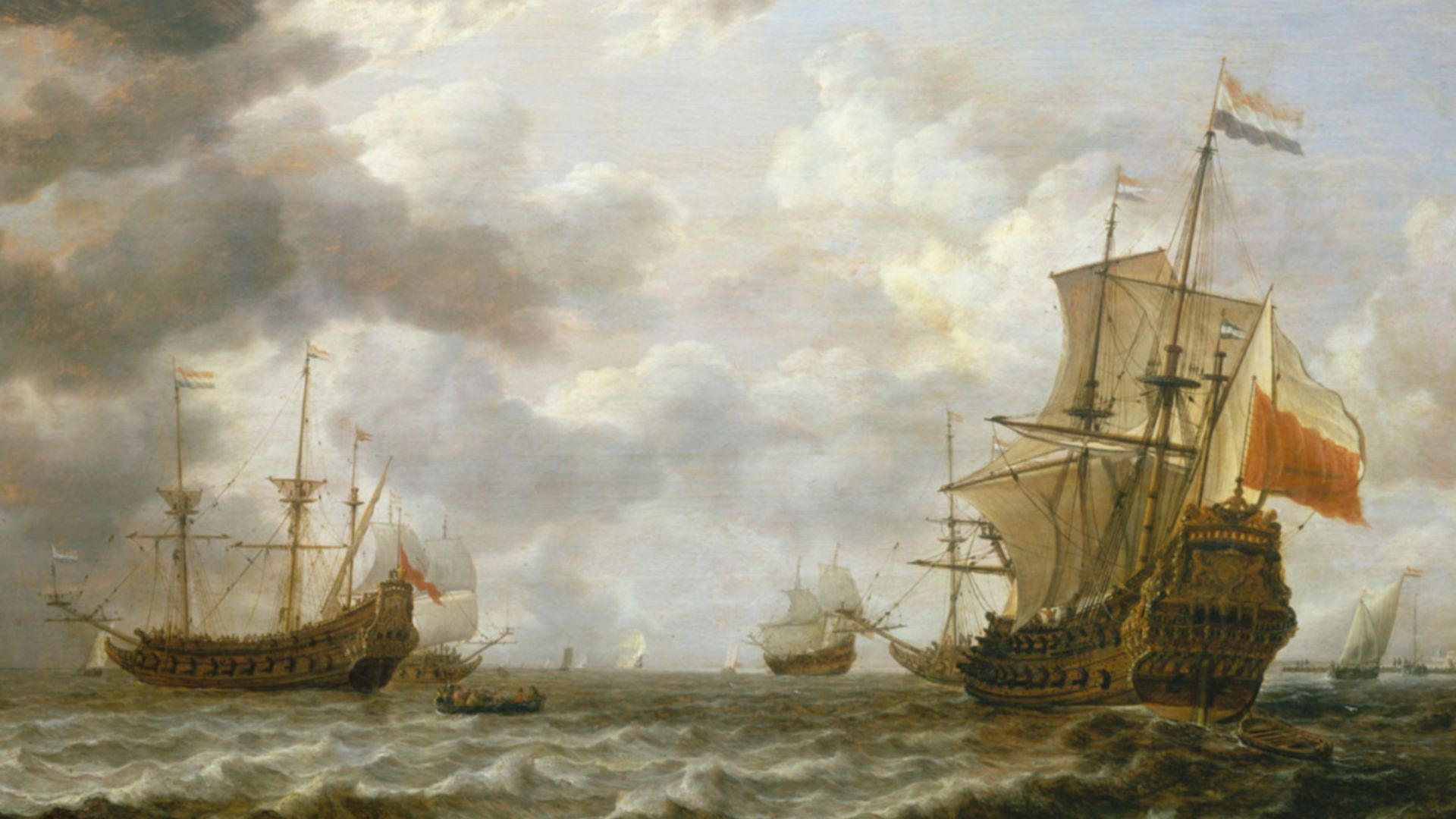 Simon de Vlieger, Wikimedia Commons
Simon de Vlieger, Wikimedia Commons
The Ship And Voyage
Further speculation suggests that the ship may have been part of a royal fleet, carrying a royal bride en route to meet her husband in the Netherlands. Adding to the mystery, some rumors claim the fleet was disguised as a diplomatic mission. However, according to the Kaap Skil Museum, where the ship's artifacts are housed, it is more likely that the vessel was a Dutch merchant ship.
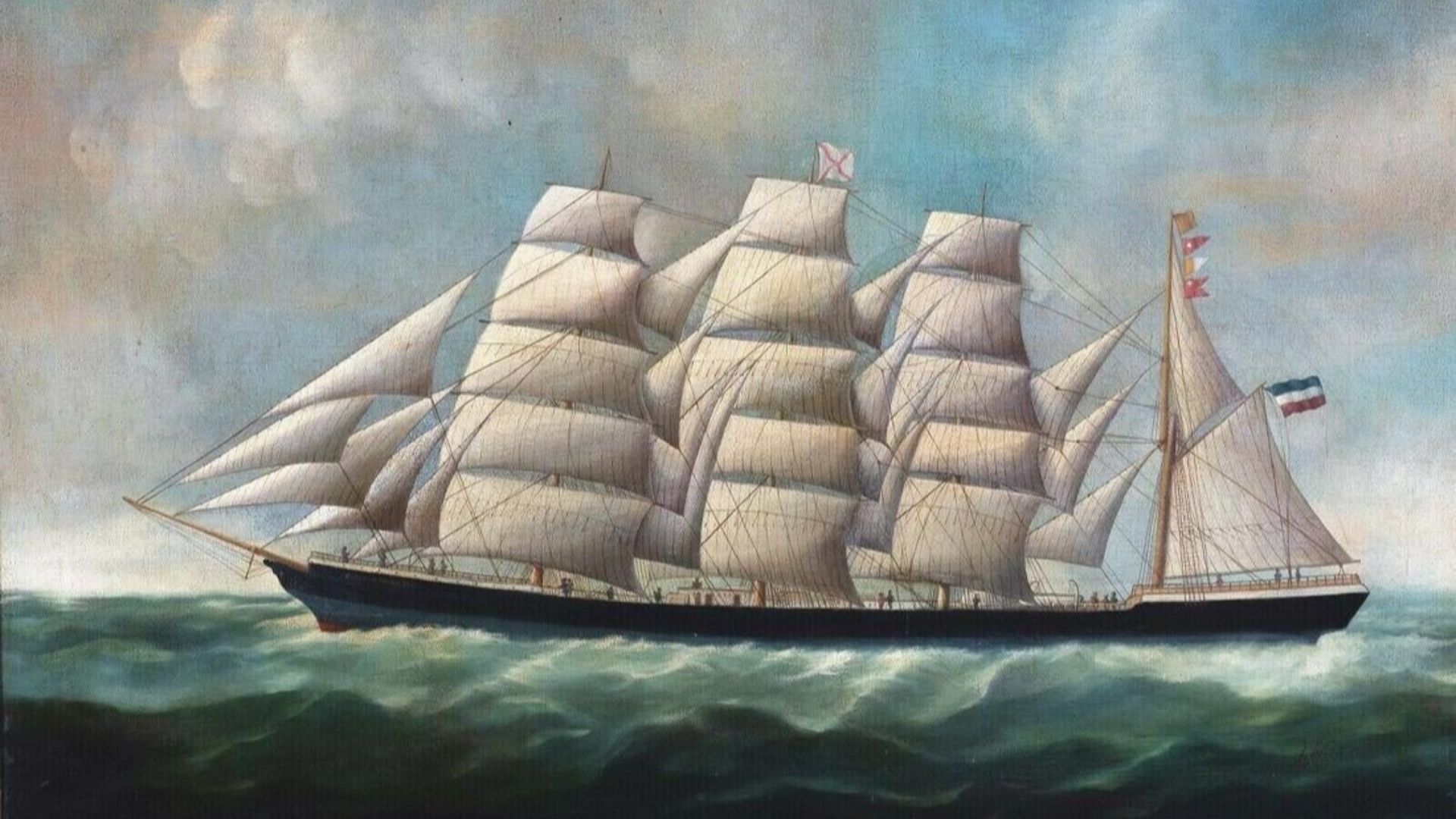 Joseph Witham (1832-1901) - British, Wikimedia Commons
Joseph Witham (1832-1901) - British, Wikimedia Commons
Unique Artifacts Discovered
Unfortunately, few 17th-century textiles have survived to the present day—especially those found in shipwrecks and in well-preserved condition. Textiles decompose quickly, and when fabrics are recovered, they are typically small woolen fragments from a seafarer’s clothing. What makes the textiles from the Palmwood Wreck so unique is their remarkable state of preservation.
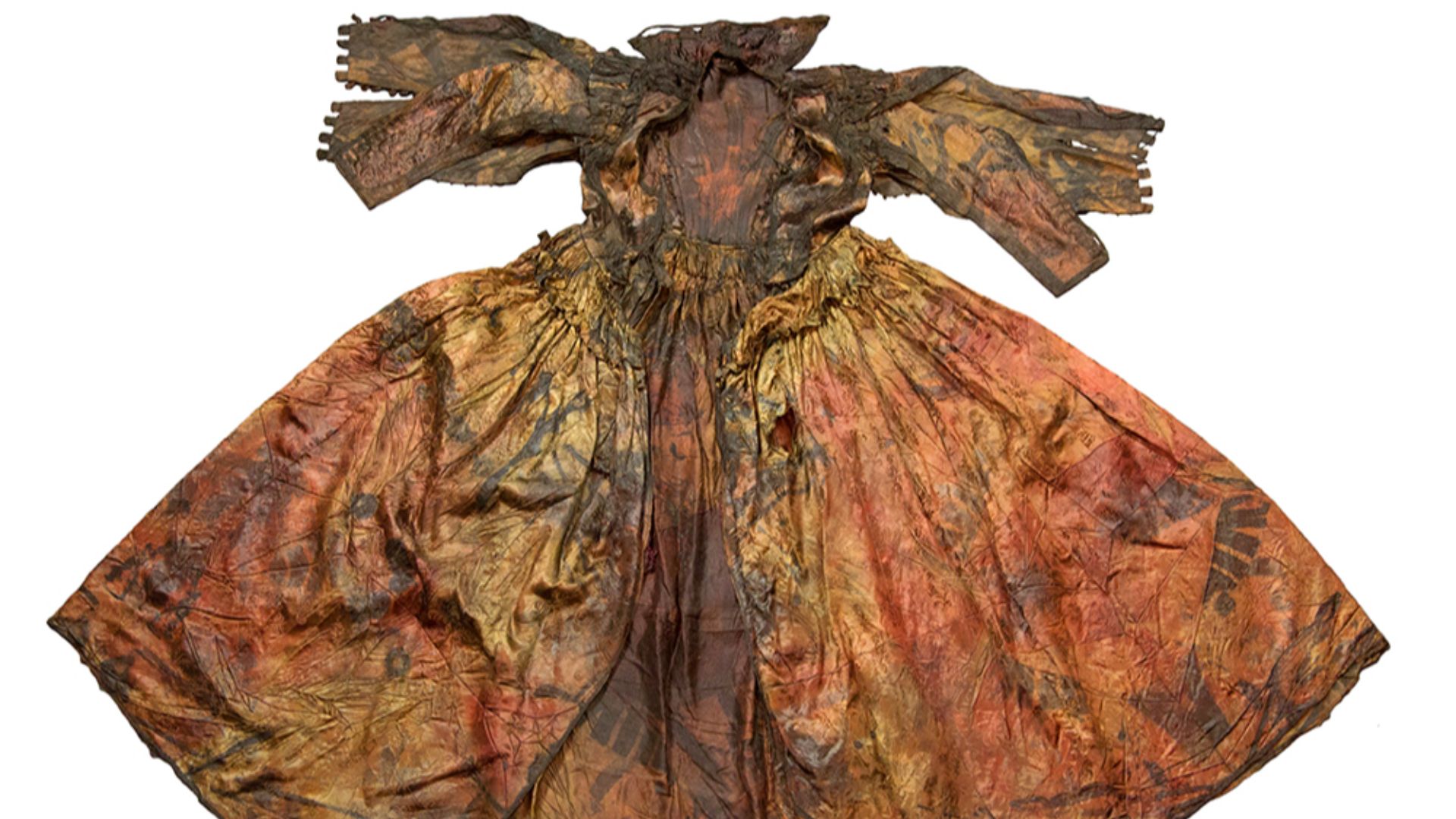 Museum Kaap Skil, Wikimedia Commons
Museum Kaap Skil, Wikimedia Commons
Unique Artifacts Discovered
Among the astonishing 1,500 artifacts were a well-preserved silk dress, finely woven stockings, an oriental kaftan, and a silver gown likely intended as a wedding dress. These textiles were not only remarkably well-preserved but also opulent for the period, further indicating that their owners were of considerable wealth.
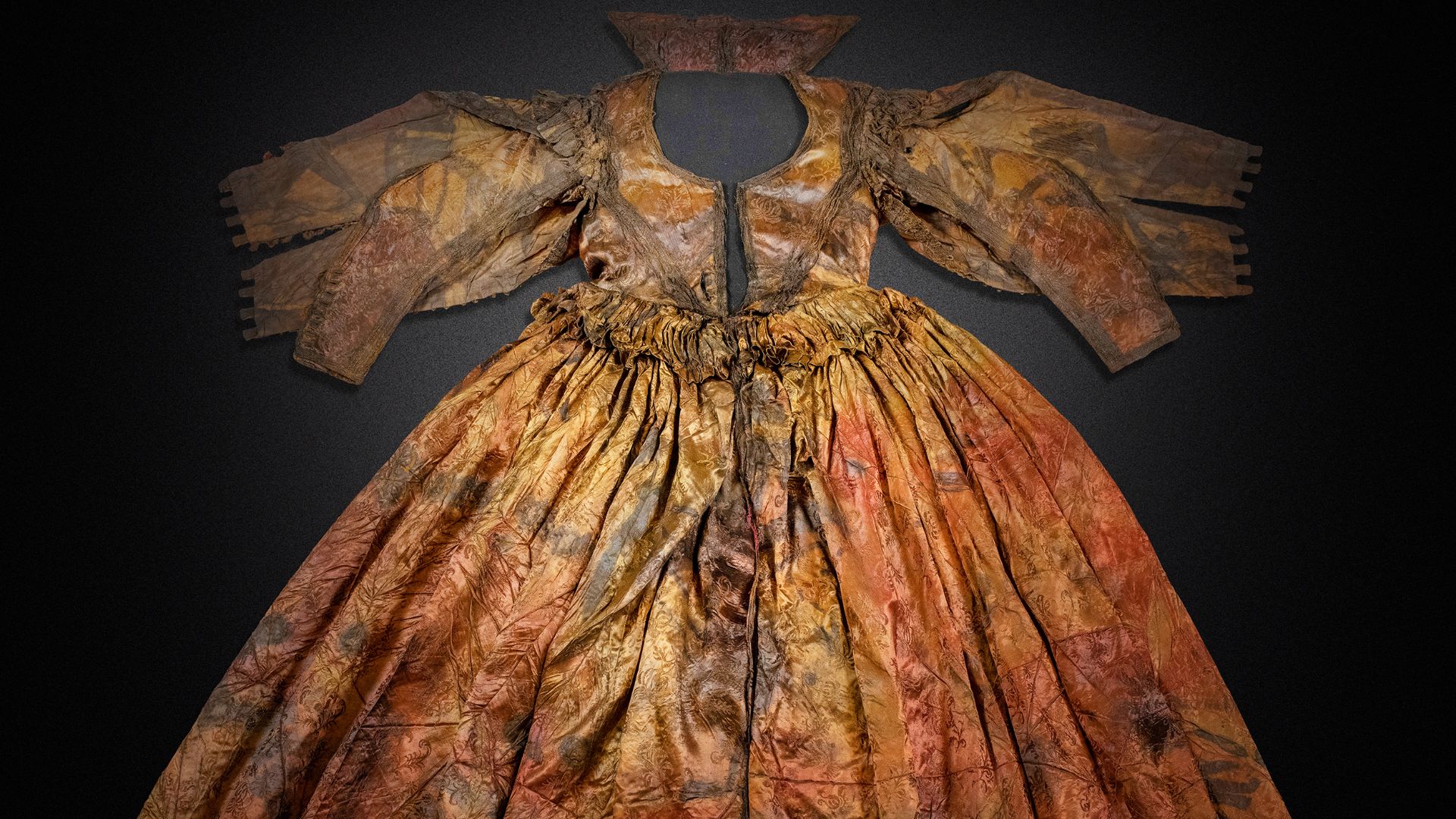 Frouke Ecomare, Wikimedia Commons
Frouke Ecomare, Wikimedia Commons
The Dresses
Among the 2014 discoveries were two dresses stored together in a chest. It is believed they were made in the 1620s and would have been only about 30 years old at the time of the shipwreck. One of the dresses is made of satin silk damask, while the other—the so-called “silver” dress, thought to be a wedding gown—is interwoven with strands of silver.
 Frouke Ecomare, Wikimedia Commons
Frouke Ecomare, Wikimedia Commons
The Dresses
According to textile restorer Emmy de Groot, it is rare to find an intact silk dress from the 17th century—especially one that would have been considered a typical everyday garment in Western Europe during the 1620s to 1630s. The dress features a bodice, a full pleated skirt, and sleeves with ruffles.
 Treasure or curse? #1 | THE GOWN AND THE SHIPWRECK | NTR, NTR
Treasure or curse? #1 | THE GOWN AND THE SHIPWRECK | NTR, NTR
The Dresses
Maarten van Bommell of the University of Amsterdam claims that the dresses are the only two of their kind in the world. The silver dress was originally found in fragments but was successfully pieced back together. Furthermore, it is believed the silver dress was so costly at the time that it must have been made for nobility or a wealthy merchant family.
 Treasure or curse? #1 | THE GOWN AND THE SHIPWRECK | NTR, NTR
Treasure or curse? #1 | THE GOWN AND THE SHIPWRECK | NTR, NTR
Other Affluent Artifacts
Artifacts indicating that the owners were wealthy include a luxury toilet set, an oriental carpet, and a silver cup. Since the clothing pieces varied in size, it is suggested that the cargo was being transported for a family. Senior archaeologist Arent Vos believes the ship may have been carrying the possessions of a wealthy family relocating to another country to manage a trading post.
 Treasure or curse? #1 | THE GOWN AND THE SHIPWRECK | NTR, NTR
Treasure or curse? #1 | THE GOWN AND THE SHIPWRECK | NTR, NTR
A Historical Letter Makes Claims
A 17th-century letter records that a baggage ship sank in March 1642, carrying the clothing of two of Queen Henrietta Maria’s ladies-in-waiting. According to the account, the ship went down during a failed secret mission to sell the Crown Jewels amid the turmoil of the English Civil War. Among the wreckage, a silk damask gown was discovered—later linked to Jean Kerr, the Countess of Roxburghe, and one of the Queen’s close attendants.
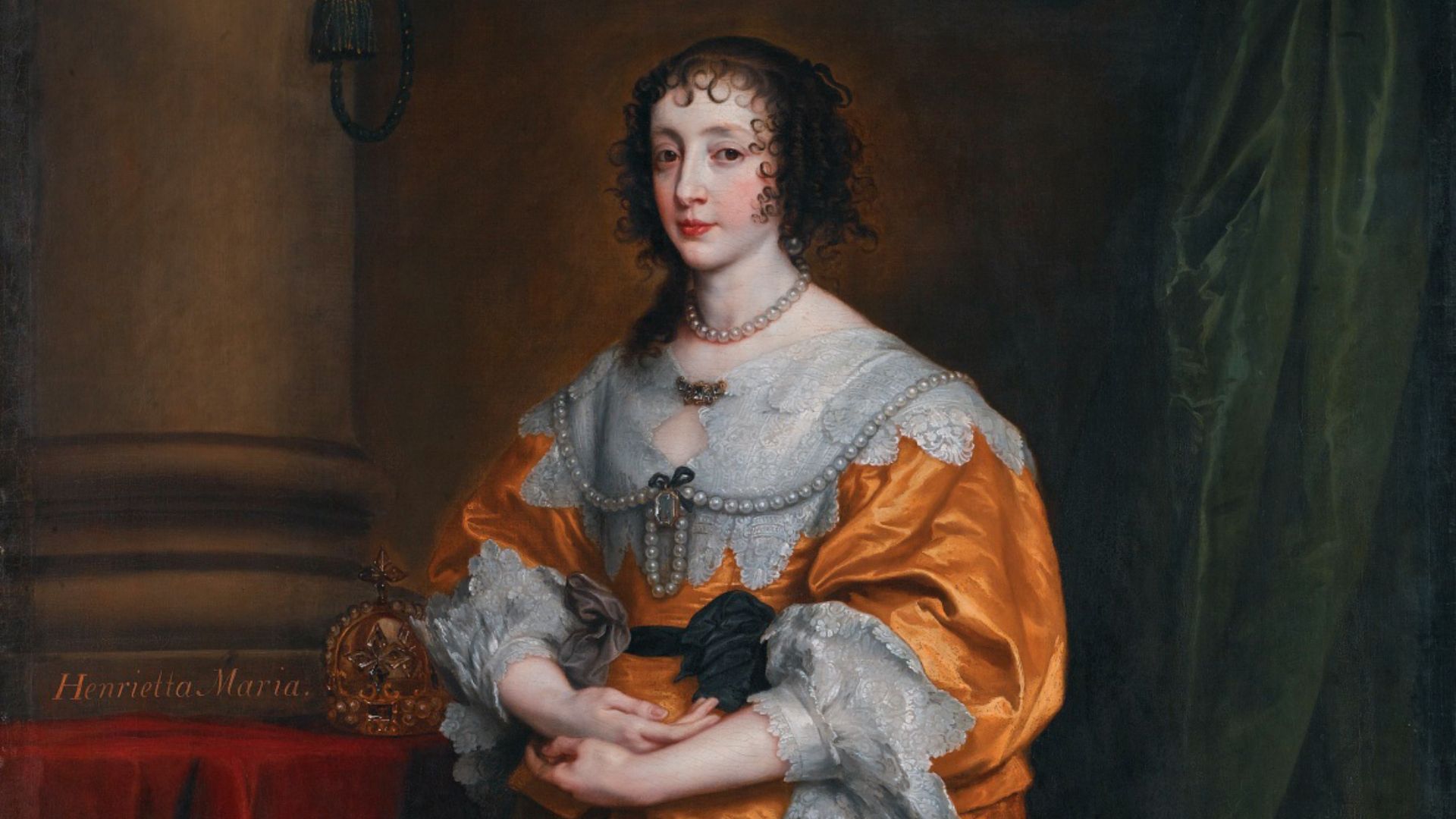 Anthony van Dyck / After Anthony van Dyck, Wikimedia Commons
Anthony van Dyck / After Anthony van Dyck, Wikimedia Commons
Historians Make Speculations
Dutch historian Nadine Akkerman and another colleague suggested in 2016 that the owner of the dresses was Jean Kerr, Countess of Roxburghe, and also a lady-in-waiting to Henrietta Maria. This speculation was ultimately withdrawn once more information about the wreck came to light.
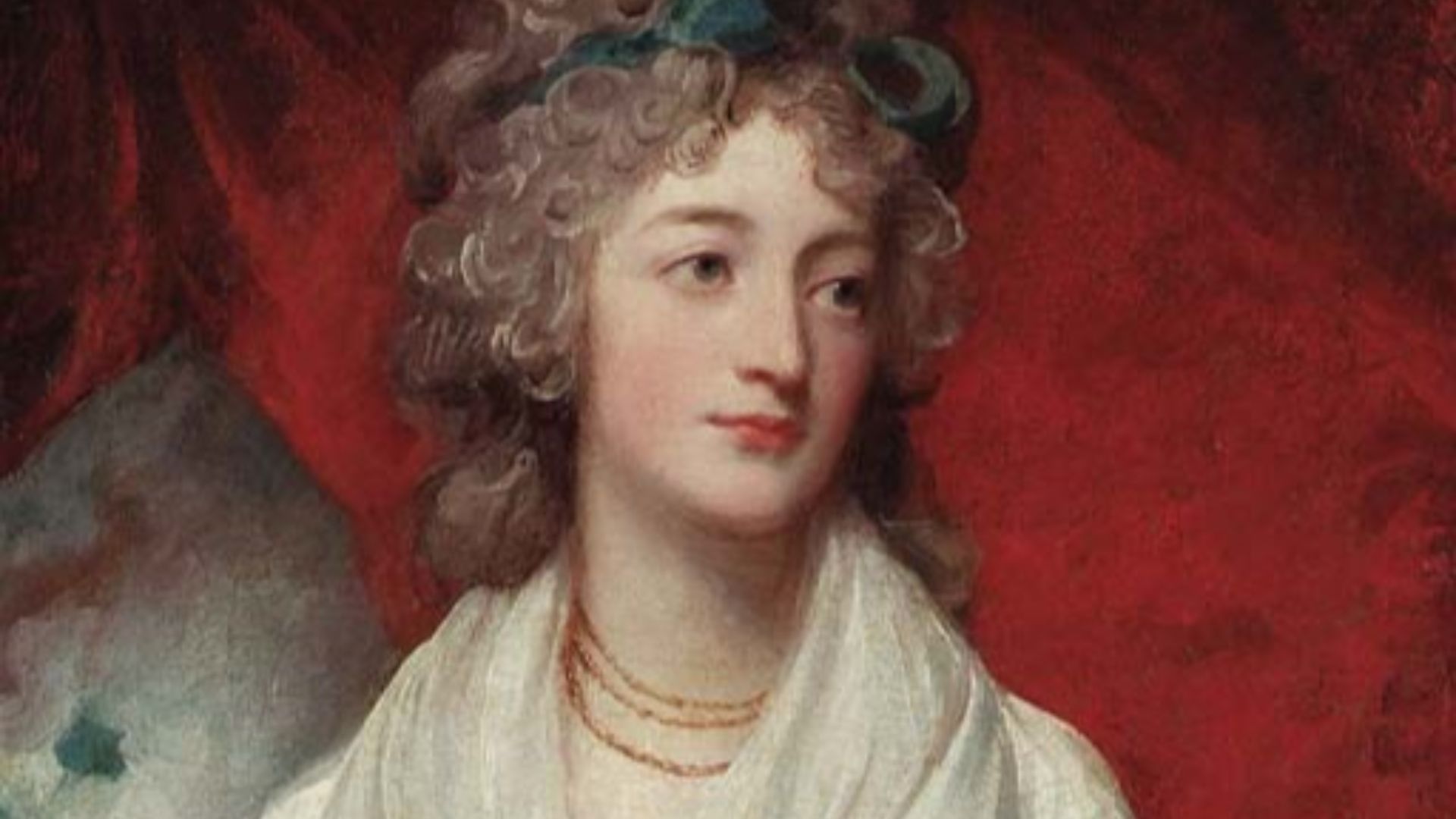 George Romney, Wikimedia Commons
George Romney, Wikimedia Commons
Further Historical Evidence Pieced Together
Although a letter claims the ship sank in 1642, researchers believe it likely didn’t set sail until after 1645. Analysis of the timber used in the vessel's construction showed that the trees weren't felled until at least 1640. Taking various factors into account, historians now estimate the ship's maiden voyage occurred sometime between 1645 and 1660.
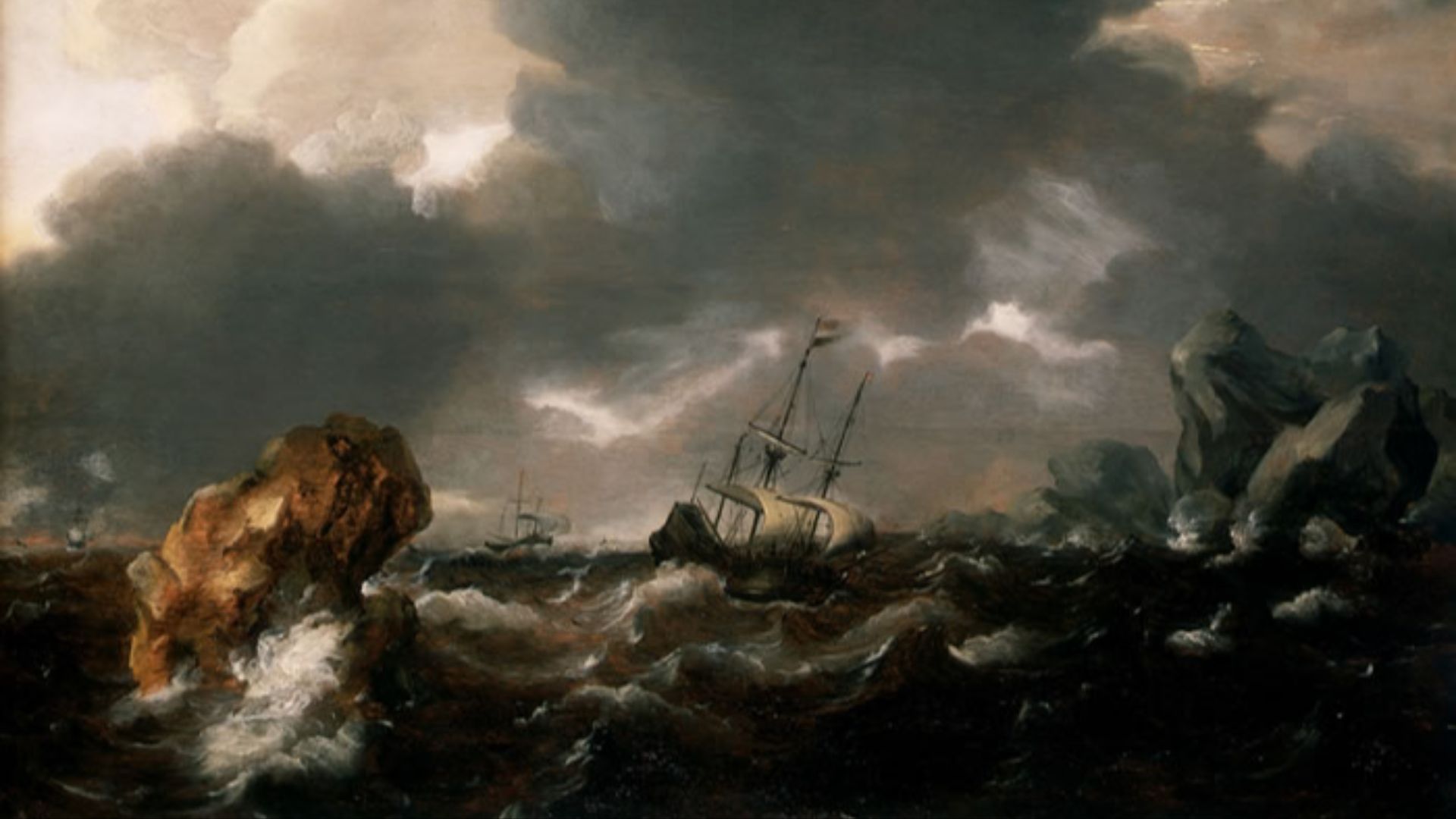 Willem van de Velde the Younger, Wikimedia Commons
Willem van de Velde the Younger, Wikimedia Commons
A Rich Legacy
Adding to the belief that the ship may have been owned by royalty, a book cover was discovered bearing the embossed coat of arms of Charles I. One theory suggests the vessel may have been linked to the House of Stuart. According to Archaeology, artifacts recovered by 2018 included a “stunning collection of silk garments and velvet textiles, leather book covers, and pottery [representing] the richest cargo of seventeenth-century luxury goods ever found underwater”.
 Treasure or curse? #1 | THE GOWN AND THE SHIPWRECK | NTR, NTR
Treasure or curse? #1 | THE GOWN AND THE SHIPWRECK | NTR, NTR
You May Also Like:
The World’s Eeriest Shipwrecks
The Most Mysterious Artifacts Ever Discovered

